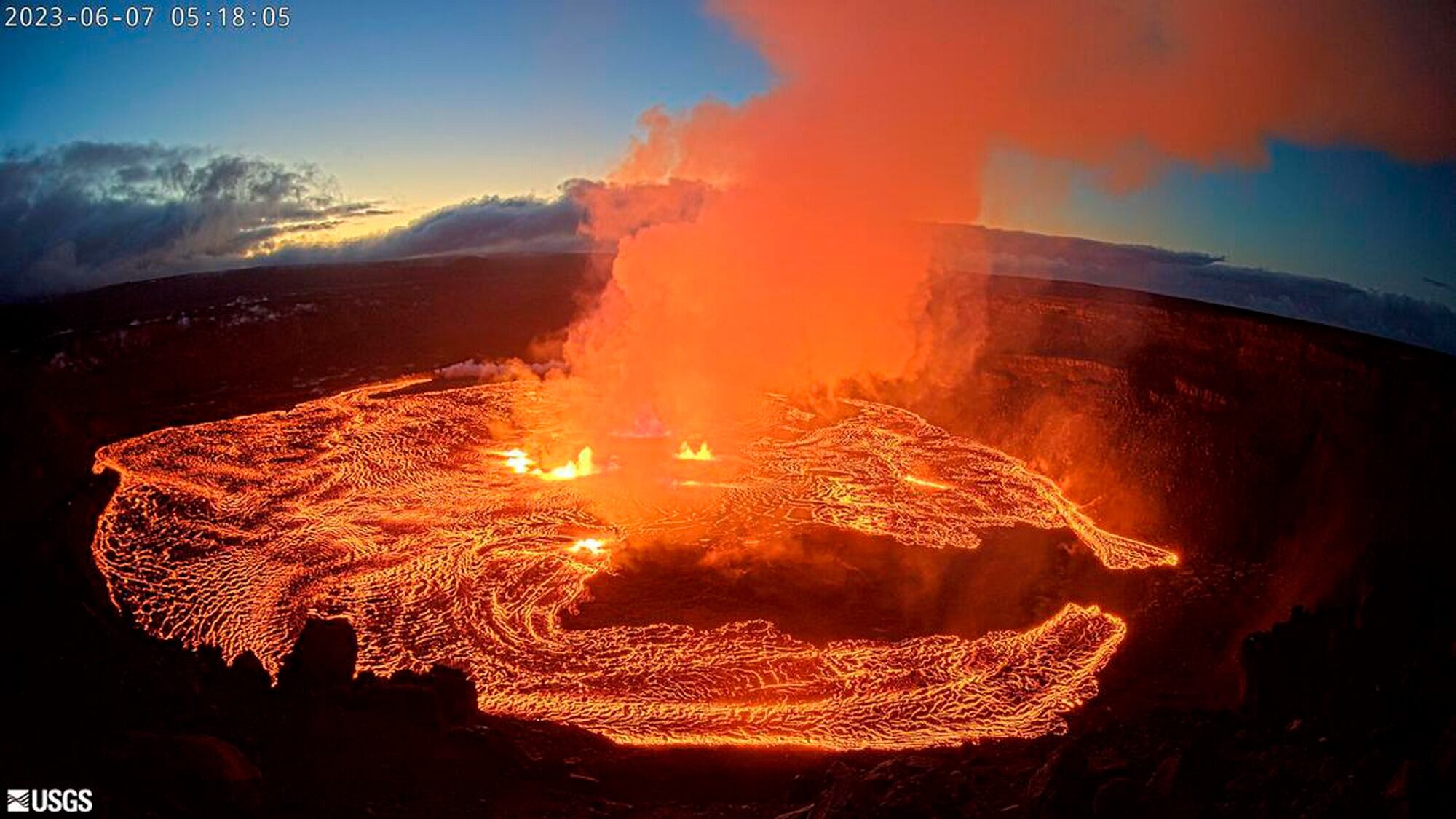Europe is sweltering under a heat wave, California is being inundated with rain, and a polar vortex is headed for Canada. So what exactly is going on with the weather these days?
Michele Power, a meteorologist for News12, said that one explanation for this "parade of storms," at least in the United States, is a phenomenon called the "atmospheric river," which is a narrow band of concentrated moisture in the atmosphere that often brings with it heavy amounts of rain.
While atmospheric rivers are fairly normal weather events, this recent bout has been especially intense. Over the past couple of weeks, the extra moisture has given California its largest-ever mid-January snowpack and a foot-and-a-half of rain, contributing to widespread flooding. "Ski resorts are rejoicing, but certainly for those of us who live there that is a huge issue," Power said.
The upside of all this — for California at least — is drought relief. The previously parched state now has more water than it can handle, and this does make up for some of the recent lack.
Power said the next week is expected to be quieter, but the pattern could return this season.
"This is not going away, but it's starting to ease," she said.
Looking at the issue on a more global scale, the meteorologist said you have to talk about the "elephant in the room" — climate change.
"That increase in temperature is actually helping increase the amount of rain that is falling," she said. "We can't attribute every single storm that does happen to climate change… but climate change and the warmer atmosphere is actually helping enhance these storms."
A report said that cancer centers are dealing with shortages of carboplatin and cisplatin, drugs that are used to treat cancers.
On air quality maps, purple signifies the worst of it. In reality, it's a thick, hazardous haze that’s disrupting daily life for millions of people across the U.S. and Canada, blotting out skylines and turning skies orange.
With large swaths of the East Coast blanketed with smog, many are worried about their health. Mangala Narasimhan, director of critical care services at Northwell Health, offers some peace of mind with a handful of expert tips for coping with poor air quality.
Kilauea, one of the most active volcanoes in the world, began erupting on Wednesday after a three-month pause, displaying spectacular fountains of mesmerizing, glowing lava that's a safe distance from people and structures in a national park on the Big Island.
Smoke from the Canadian wildfires has reached New York and New Jersey which prompted officials to declare the area as currently having some of the worst air quality in the world.
Smoke from Canadian wildfires poured into the U.S. East Coast and Midwest on Wednesday, covering the capitals of both nations in an unhealthy haze, holding up flights at major airports and prompting people to fish out pandemic-era face masks.
Be Well: Full Body Beach Workout Routine
Be Well: How Blood Tests Can Determine Your Body's Biological Age
Be Well: How Therapy Sessions Can Boost Your Mental Health
Experts are warning about a new Covid-19 wave as 14 of New York City's wastewater treatment plants showed high levels of the disease in the past week.











